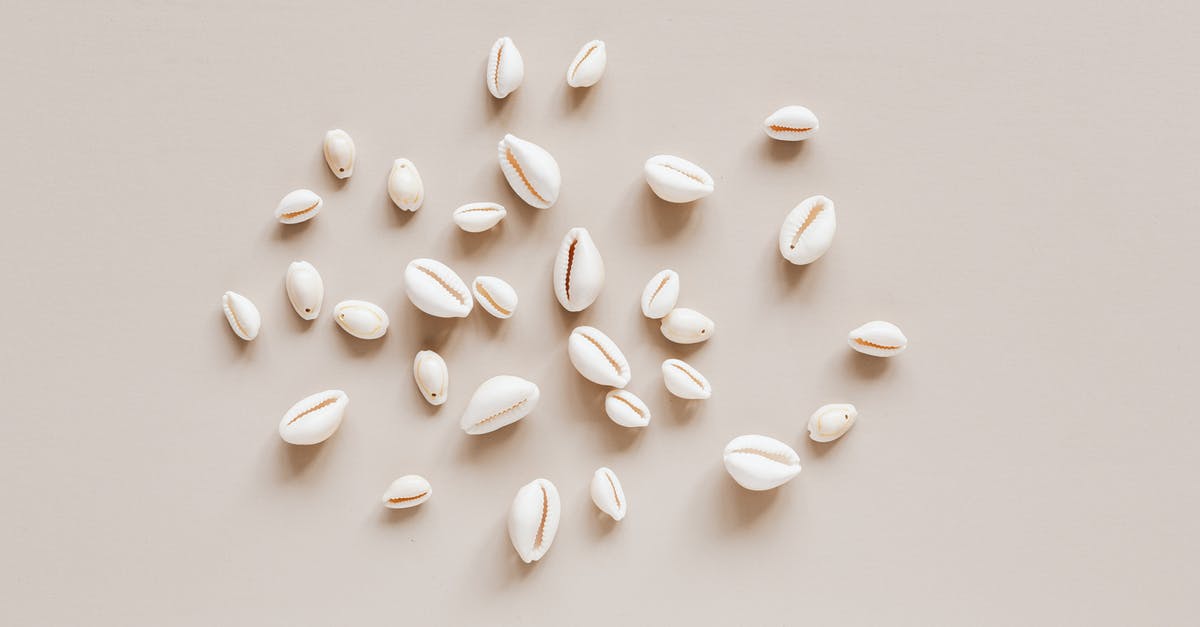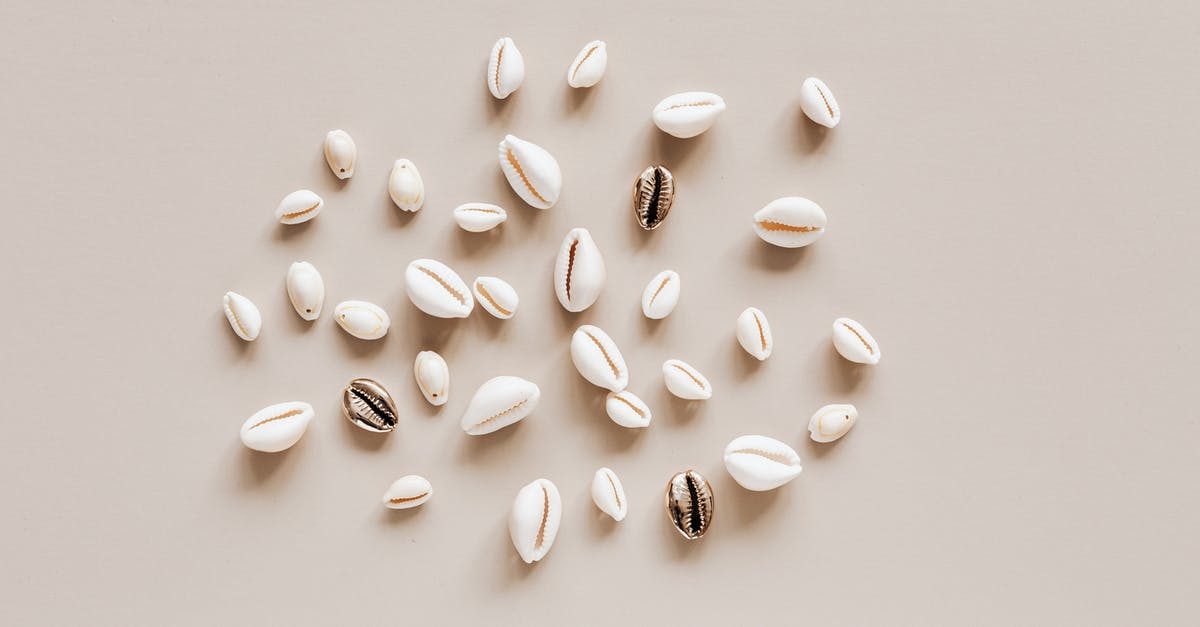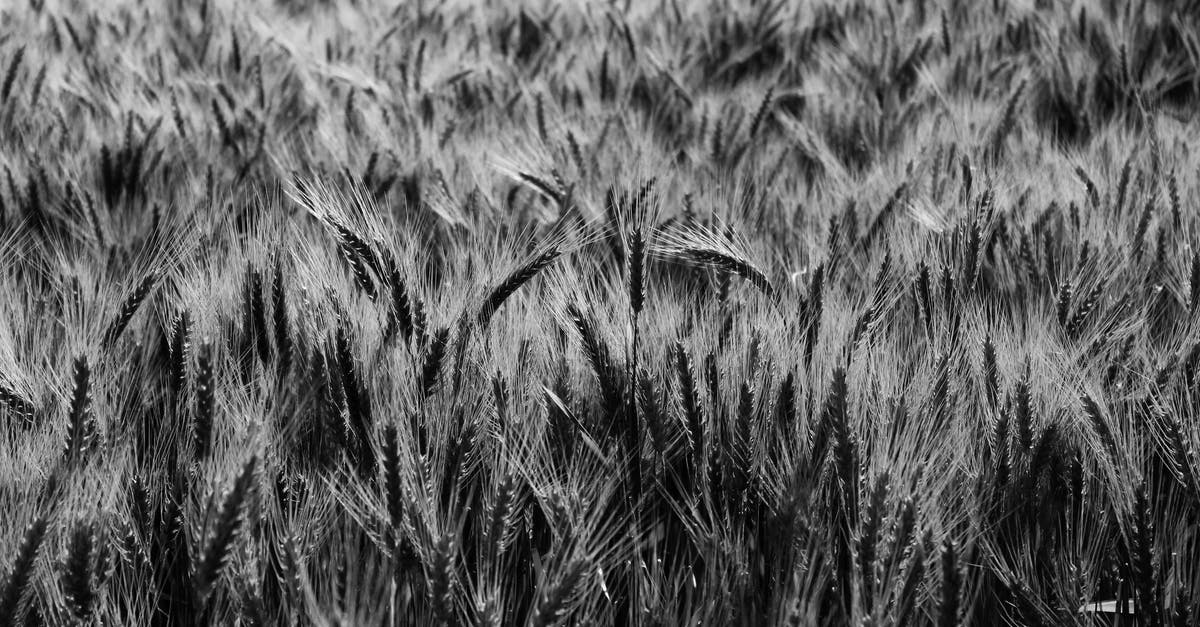How to find/substitute dry corn with shell removed for stews?

In Cape Verde, this kind of corn is easy to find: dry yellow or white corn kernels. Years ago people had to pound it themselves to remove the shell; nowadays you can buy it at the store without any pounding necessary. It's definitely not the same as sweet corn.
This corn is used to make cachupa, a stew that's often considered the "national dish".
How can I find this in the northeast U.S.? What's it called? Or, if it's truly difficult to find here, what would be a good substitute?
When it's imported into Cape Verde, it usually comes from Brazil. Yoki is the brand I've seen most often, but their site doesn't list it. Sinhá does list it, as for "canjica" (according to Wikipedia, that's canjica a.k.a. mugunzá, not canjica a.k.a. curau.)
Wikipedia's article for cachupa says it's made with hominy, but I think someone was confused... hominy seems to be strictly from Central and North America, from what I've researched. There's "hominy" at my local store, but it's in a can, reinforcing my idea that this is not the same thing.
Best Answer
The closest thing you are likely to find in the US is posole which may also be labeled as "nixtamal" or "mote pelado". Posole can be found dried, canned, or frozen in most latin grocery stores or online. Look specifically for ones that say they contain corn processed with some alkali such as lime, cal (sodium hydroxide), lye, or sodium carbonate.
The problem in the US is that the term hominy has many meanings, as the Anson Mills website explains:
In America we know hominy as dried whole kernel corn that has been first steeped and then cooked in a culinary lime solution to remove the outer clear coating of the corn kernel, or pericarp, and also to work a miraculous nutrition and flavor transformation within the kernel in a process called nixtamalization. Fresh hominy can be used as is for stews (posole in Spanish), or it can be ground, still wet, to masa or chopped into fresh hominy grits (an extinct foodway). Or it can be dried to make whole hominy (also known as posole or hominy). Dried hominy can then be milled to grits or cornmeal (both are extinct in the United States), or to flour (called “instant masa”). This next definition of hominy is arcane: hominy grist (not “grits”) is any fresh-milled corn grits that comes out of a stone mill. The last statement about hominy is a classic Southern take on confusing terms: the popular Southern term for a dish of freshly prepared coarse grits is “hominy.” In New Orleans and now fading in other Southern ports, whole hominy is called “big hominy” and freshly prepared coarse grits is called “little hominy.”
Additionally, many canned hominy product's available in the US, such as Manning's (and even some claiming to be "Mexican Style" like Juanita's) are steam peeled rather than by soaking in an alkali solution like most traditional hominy and posole. These will often try to turn this into a positive by claiming "never processed with lye".
Pictures about "How to find/substitute dry corn with shell removed for stews?"



How to MAKE a Corn KERNEL Sheller REMOVER Tool | DIY For ANY Size Cob
Sources: Stack Exchange - This article follows the attribution requirements of Stack Exchange and is licensed under CC BY-SA 3.0.
Images: Jolo Diaz, Karolina Grabowska, Karolina Grabowska, Swapnil Sharma
